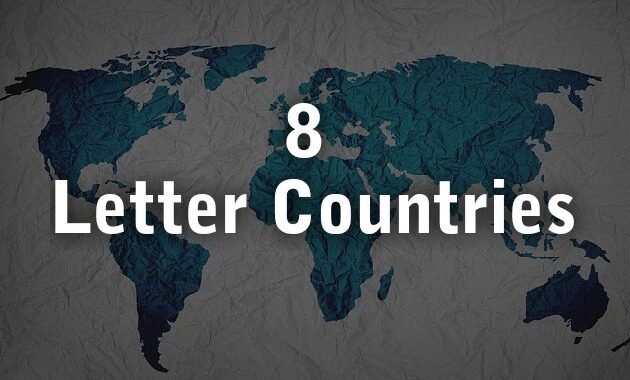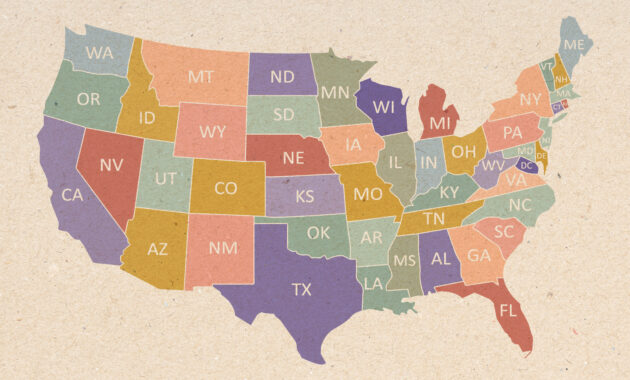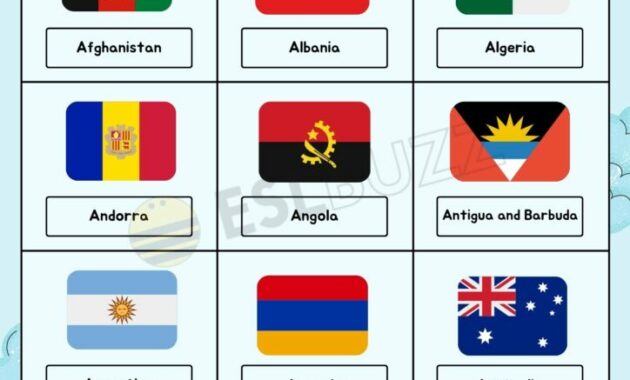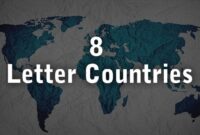Iceland. A land of fire and ice, of sagas and stunning landscapes. It’s a place that captures the imagination, a destination that feels both familiar and utterly alien. But one question often lingers in the minds of travelers and geography enthusiasts alike: Is Iceland part of Europe? It’s a question that delves into more than just a geographical location; it touches on history, culture, and identity.
Geographical Considerations
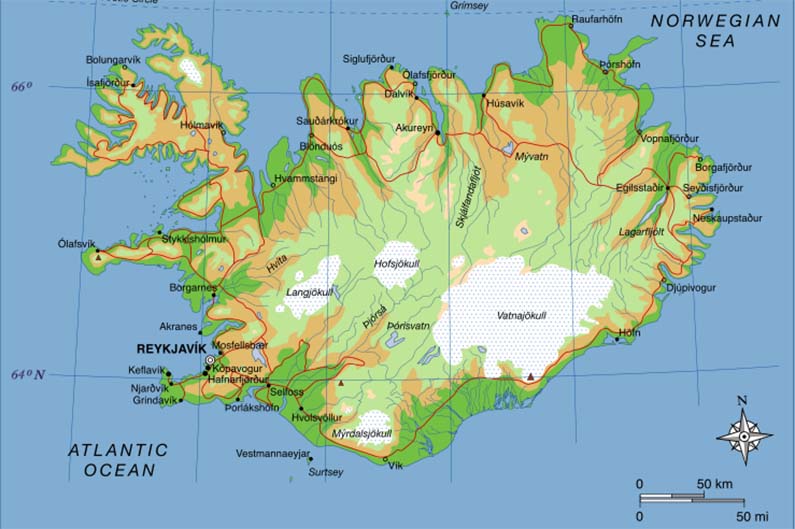
Geographically speaking, Iceland sits on the Mid-Atlantic Ridge, a divergent tectonic plate boundary where the North American and Eurasian plates are slowly pulling apart. This unique location means that Iceland is technically situated on both continents. However, the vast majority of the island is considered part of the European continent, based on its proximity to Europe and its geological connection to the Eurasian plate. To put it simply, while a sliver of Iceland might be technically attached to North America, the bulk of the landmass is considered European.
This geographical placement has had a profound impact on Iceland’s development. Its isolation, while significant, hasn’t been absolute. The relatively shorter distances to European countries, compared to North America, have fostered cultural exchange and trade for centuries. This proximity has shaped Iceland’s language, customs, and societal structures.
Furthermore, the island’s unique geological activity, driven by its location on the Mid-Atlantic Ridge, has sculpted the dramatic landscapes that define Iceland. From active volcanoes and geothermal areas to majestic glaciers and breathtaking waterfalls, Iceland’s natural beauty is a testament to its dynamic geological history. This activity, while sometimes posing challenges, has also provided Iceland with abundant renewable energy resources, further contributing to its unique character and sustainability efforts.
Cultural and Historical Ties

Beyond geography, the question of Iceland’s European identity is deeply rooted in its history and culture. Iceland was first settled by Norse Vikings in the 9th century, primarily from Norway. These settlers brought with them their language, traditions, and social structures, laying the foundation for Icelandic culture. Over the centuries, Iceland maintained strong ties with other Scandinavian countries, particularly Norway and Denmark. It was under Norwegian rule from the 13th century and later under Danish rule until it gained full independence in 1944.
This historical connection to Scandinavia has had a lasting impact on Iceland’s language, culture, and legal system. The Icelandic language, for example, is closely related to other North Germanic languages, such as Norwegian, Danish, and Swedish. While it has evolved independently over the centuries, retaining many archaic features, its roots are undeniably Scandinavian. Similarly, Icelandic folklore and sagas are deeply intertwined with Norse mythology and Viking traditions, reflecting the island’s Scandinavian heritage.
Furthermore, Iceland’s legal system and social institutions have been influenced by European models. While Iceland has developed its own unique legal framework, its foundations are rooted in Scandinavian legal traditions. Similarly, Iceland’s social welfare system, which is known for its comprehensive coverage and high levels of social equality, reflects the influence of European social democratic ideals.
Despite its historical ties to Scandinavia, Iceland has also developed its own distinct cultural identity. Its isolation has fostered a strong sense of independence and self-reliance. Icelanders are fiercely proud of their language, culture, and history. They have a strong tradition of storytelling, literature, and artistic expression. This unique blend of Scandinavian heritage and Icelandic originality is what makes Icelandic culture so captivating.
Political and Economic Integration
Politically, Iceland is a member of the European Free Trade Association (EFTA) and the Schengen Area. EFTA membership allows Iceland to participate in the European Economic Area (EEA), which grants it access to the European Union’s single market. This economic integration has brought significant benefits to Iceland, facilitating trade, investment, and the movement of people.
The Schengen Area allows for passport-free travel between Iceland and most other European countries. This has made it easier for Icelanders to travel and work within Europe, and has also facilitated tourism to Iceland. However, Iceland is not a member of the European Union. This decision reflects Iceland’s desire to maintain control over its natural resources, particularly its fisheries, and to preserve its independence in key policy areas.
The decision not to join the EU has been a subject of debate in Iceland for many years. Supporters of EU membership argue that it would bring greater economic stability and access to European funding. Opponents argue that it would undermine Iceland’s sovereignty and threaten its unique cultural identity. Ultimately, the decision to remain outside the EU reflects Iceland’s cautious approach to integration and its desire to balance the benefits of European cooperation with the preservation of its independence.
Icelandic Identity
Ultimately, the question of whether Iceland is part of Europe is a complex one with no easy answer. Geographically, it is situated on both the North American and Eurasian plates, but the majority of the island is considered part of Europe. Culturally and historically, Iceland has strong ties to Scandinavia and shares many common traits with other European countries. Politically, Iceland is integrated into the European economy through its membership in EFTA and the EEA, but it remains outside the European Union.
Perhaps the most important factor in determining Iceland’s European identity is the perspective of the Icelanders themselves. The vast majority of Icelanders consider themselves to be European, while also recognizing their unique cultural identity. They are proud of their Viking heritage, their language, and their independent spirit. They see themselves as part of the European family, while also maintaining their distinctiveness.
Therefore, the answer to the question “Is Iceland part of Europe?” is a resounding yes, but with a caveat. Iceland is undeniably part of Europe, geographically, culturally, and historically. However, it is also a unique and independent nation with its own distinct identity. It is a place where Viking traditions meet modern technology, where breathtaking landscapes inspire creativity, and where the spirit of independence thrives. It is a place that is both European and uniquely Icelandic, a fascinating blend of tradition and innovation.
Visiting Iceland offers a chance to experience this unique blend firsthand. From exploring its stunning natural wonders to immersing yourself in its rich cultural heritage, Iceland provides an unforgettable journey into the heart of Europe, a journey that will leave you with a deeper appreciation for the complexities of identity and belonging. So, pack your bags, embrace the adventure, and discover the magic of Iceland, a truly European gem.
If you are searching about Iceland @ God's Geography you’ve visit to the right page. We have 5 Pictures about Iceland @ God's Geography like Is Iceland Part of Europe? – A Guide to Icelandic Identity, Is Iceland Part of Europe? – A Guide to Icelandic Identity and also Is Iceland Part of Europe? – A Guide to Icelandic Identity. Here you go:
Iceland @ God's Geography
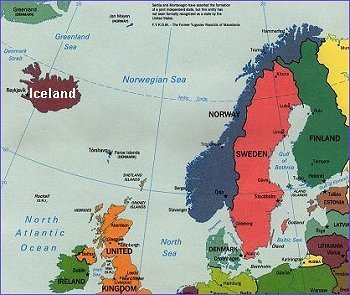
www.godsgeography.com
europe iceland northern map north libraries world perry courtesy library general atlantic ocean countries quiz geo bodies water european capitals
Map Of Iceland – Facts & Information – Beautiful World Travel Guide
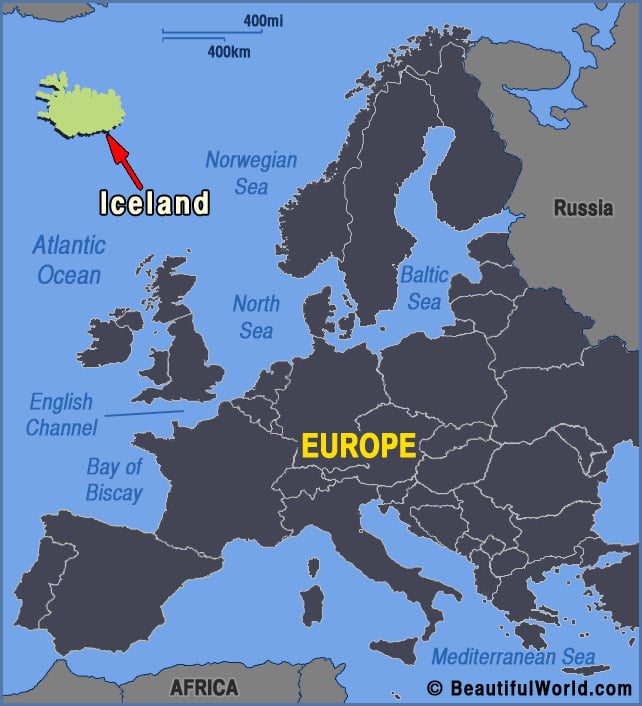
www.beautifulworld.com
iceland beautifulworld
Is Iceland Part Of Europe? – A Guide To Icelandic Identity

roundtript.com
iceland europe part identity or
Is Iceland Part Of Europe? – A Guide To Icelandic Identity

roundtript.com
iceland europe part or
Is Iceland Part Of Europe? – A Guide To Icelandic Identity

roundtript.com
iceland europe part geography america north or
Iceland beautifulworld. Map of iceland. Iceland europe part geography america north or




